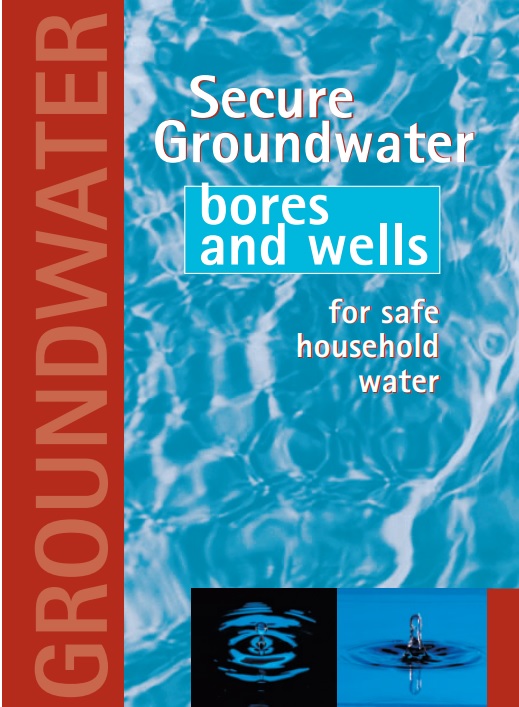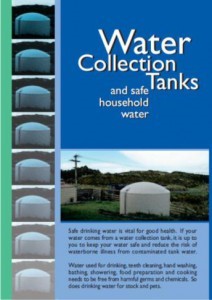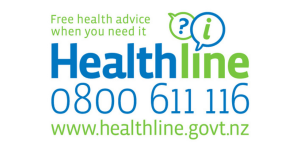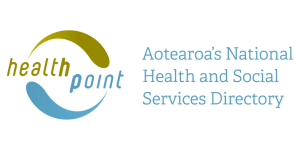Wishing everyone a safe and happy Christmas and New Year – Meri Kirihimete from the Healthify team.
Water safety and algae
Algal bloom – is that lake or river safe to swim in?
Key points about water safety and algae
- While some of our waterways are world class, a number of lakes and rivers in Aotearoa New Zealand are prone to potentially lethal algal blooms.
- Exposure to high levels of the toxins produced can make humans and animals sick, sometimes fatally.
- There are ways to tell if a lake or river is safe to swim, fish or play in. But remember – if in doubt, stay out.
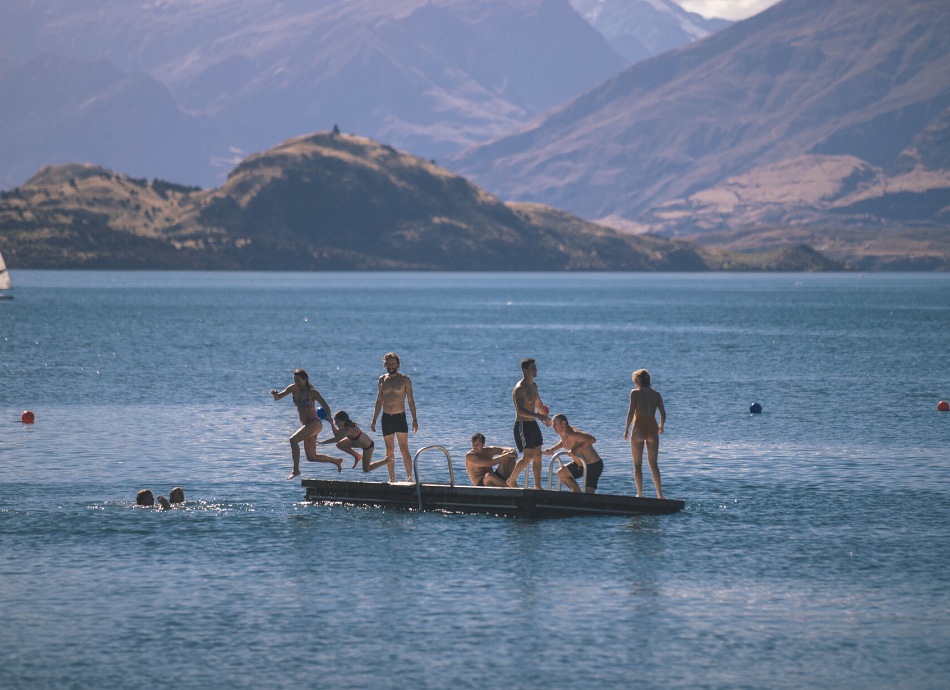
Year round, thousands of Kiwis are drawn to Aotearoa New Zealand’s beautiful lakes and rivers to swim, play in, fish in and eat from. For Māori, fresh water is a taonga or treasure, which is essential to life.
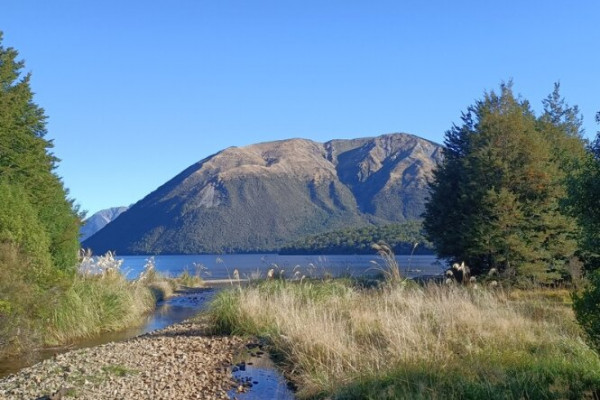
Image credit: Healthify He Puna Waiora, NZ
As a nation of outdoors-loving people, we enjoy many forms of recreation and sports that use our lakes and rivers. While some remain pristine, others are in a much poorer condition.
Potentially toxic algae (cyanobacteria or blue-green algae)(external link) are microscopic organisms living in the water that play a key role in the ecosystem. Algal blooms (or algae blooms) happen when there is a rapid increase in the number of algae in the water. This is usually due to favourable weather conditions, eg, slow water circulation or unusually high water temperatures. They can also occur following extreme weather events like cyclones, floods or droughts.
Exposure to high levels of the toxins produced can make humans and animals sick, sometimes fatally.
Video: Toxic algae in our rivers – what New Zealanders need to know
(Cawthron Institute, NZ, 2023)
Here are some ways to tell if a lake or river is safe to swim, fish or play in. But remember – if in doubt, stay out.
1. Check online before you go
There are several websites you can check that monitor water quality and potentially harmful algal blooms around the country. The Land Air Water Aotearoa(external link) website regularly monitors lake, river and beach water quality. Jump online before you hit the water to see where it’s safe to swim, play and fish. The Toi Te Ora Public Health(external link) website also monitors algae blooms in the Bay of Plenty area and the Ministry for Primary Industries(external link) website has helpful information regarding toxic algal blooms and shellfish.
2. Look out for signs
Local councils and other organisations may post signage around a lake or river warning people of an algae bloom. If you see one, don’t enter the water and don't fish or gather seafood (kai moana).
3. Is there a bad smell?
Algae blooms can happen suddenly or unpredictably, so a warning may not be online when you check. If a lake or river has an unpleasant smell, then it’s probably a sign that something isn’t right, and you should stay out of the water.
4. Do a visual check
If the lake or river looks discoloured, has surface scum, green or brown particles suspended in it, or brown-black algal mats attached to stream beds, then don’t enter the water as it could be toxic. Avoid contact with any algae as it could irritate your skin and eyes and affect your breathing.
5. Don't eat shellfish or fish from areas where there is algal bloom
Toxins build up in mussels more quickly than other types of shellfish. Tuatua, pipi, cockles and toheroa store toxins and can remain dangerous to eat long after an algal bloom has gone. Shellfish that were safe yesterday might not be safe a few days later.
Check this Ministry for Primary Industries page to find an area where shellfish aren't safe to eat.(external link)
6. Keep your animals safe
If it's not safe for you, it's not safe for your pets. Dogs are susceptible to cyanobacterial poisoning or blue-green algae. When ingested (eaten), a piece the size of a 50c coin is enough to kill a dog.
If you think you’ve been exposed to toxic algae and are experiencing symptoms such as nausea, vomiting, diarrhoea, irritation to the skin, nose, mouth and eyes, seek medical attention immediately.
If you think your pet has been exposed, take them to the nearest vet immediately.
Land, Air, Water Aotearoa(external link)
How clean are our rivers?(external link) NIWA, NZ
Brochures
Secure groundwater bores and wells for safe household water(external link) HealthEd, NZ, 2019
Water collection tanks and safe household water(external link) HealthEd, NZ, 2022
References
- Toxic algae(external link) LAWA, NZ, 2024
- Slimy algae on Auckland beaches – what you need to know(external link) OurAuckland, NZ, 2025
What can primary care do if cyanotoxin poisoning is suspected in a patient?
- There is no test available to confirm cyanotoxin poisoning; diagnosis is based on clinical symptoms and signs in association with a history of exposure (eg, swimming or boating on a river or lake with a current toxic cyanobacterial bloom) and exclusion of other causes:
- Non-specific laboratory tests or investigations may be considered based on the patient’s symptoms and signs, e.g. electrolytes and renal function to assess dehydration and potassium.
- There are no antidotes to cyanotoxins; treatment is supportive and guided by the type and severity of symptoms, for example:
- skin irritation – rinse with cool water, apply cold compress, prescribe mild topical corticosteroid if inflammation
- eye irritation – bathe eyes with cool clean water, apply warm compress, prescribe lubricating eye drops
- ear irritation – consider prescribing a topical mild corticosteroid, analgesics for earache
- respiratory tract – prescribe medicines for bronchospasm (e.g. salbutamol inhaler), analgesics for sore throat
- gastrointestinal – fluid replacement, consider prescribing antiemetic or anti-diarrhoeal medicine.
- All cases of suspected cyanotoxin poisoning must be notified to the local Medical Officer of Health, which can be done using the Hazardous Substances Disease and Injury Reporting Tool available via some patient management systems or the local Public Health Unit can be contacted directly.
Reference
Consider blue-green algal blooms this summer – identifying and managing suspected cyanotoxin poisoning in primary care(external link) BPAC, NZ, 2020
Brochures
Credits: Healthify editorial team. Healthify is brought to you by Health Navigator Charitable Trust.
Last reviewed:


